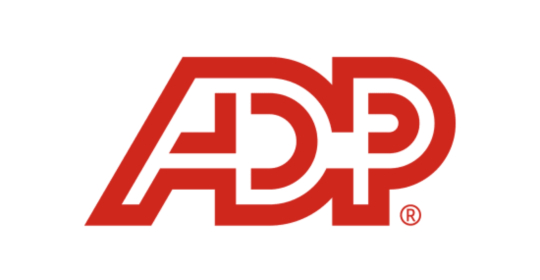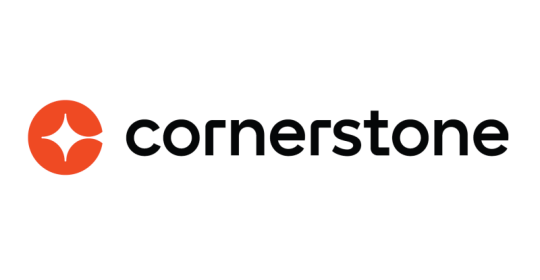According to research from AXA PPP healthcare, 42% of small businesses said the biggest productivity blocker was employees being disengaged or not enjoying their job. In fact, the ONS reports the UK’s productivity (output per hour) has fallen by 0.5% since the start of 2017.
The ability to work smarter and increase productivity is something that, in today’s ‘always-on’ world, no business can afford to ignore, but encouragingly two-thirds of businesses do track their productivity.
Disengagement and not enjoying the job are only part of the picture. Workplace distractions can also have a real impact on staff motivation and results. It is also a fact that some of us are prone, no matter how well engaged we are with our job, to distractions more than others.
Insight from AXA PPP healthcare highlights the top five common workplace distractions and how to tackle them.
- Checking your phone at lunch can leave you with higher levels of emotional exhaustion during the afternoon. Phone-based distraction just isn’t as mentally rejuvenating as other activities you can do on your break, such as going for a walk.
- Noisy, open plan offices can increase distraction levels and reduce concentration, but short of squirrelling yourself away to work in the car park, what else can you do to avoid the negative effects of working in a noisy environment? Employers could look to designate quiet spaces for those needing to concentrate their attention.
- Believe it or not, small distractions can have the biggest impact on productivity. For example, a phone left to ring, the ‘ping’ of constant email alerts or questions from colleagues. It’s important that there is a strong team ethos to work together and all take responsibility for a smooth running office.
- Office layout and lighting can also have a surprising impact on workplace productivity. Old fashioned fluorescent lighting is no replacement for as much natural lighting as possible.
- Lastly, one topic that could be distracting us more than we think is recent political activities. With an ever-changing landscape both at home and abroad, post-election politics are the modern workplace distraction.
“Giving people ownership and autonomy to work to their own drum beat, as much as is feasible for the business, can help boost motivation as well as productivity.” said Mike Davis, Head of SME at AXA PPP healthcare. “There is no quick remedy to remove all office distractions, but some changes are easier and more cost effective to put into place. For example, our research shows that employees who are allowed to work from home are 13% more productive versus those that are solely office based. Other solutions include better working practices such as encouraging people to pick up the phone if it would enable faster problem solving than exchanging lots of emails.”
Top six tips on how to increase productivity:
- Designate a quiet spot in your workspace where there are few distractions
- Discourage over-reliance on emails where a phone call would be more efficient to alleviate email ping pong
- Shop around to get faster, more reliable mobile and internet connections
- Offer flexible or remote working, where possible, even on a trial basis
- Have regular one-on-one chats with employees to find out any concerns or ideas they have about their working environment
- Invest wisely in tools and software that will actually help make work easier and more productive
Source: Is your business performing well? AXA PPP healthcare infographic.






